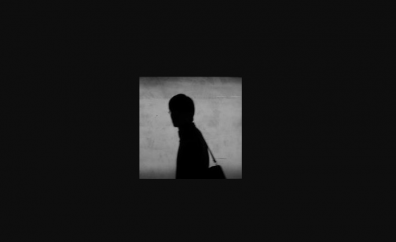
The Supreme Court has ruled on the use in a criminal trial of evidence obtained by members of the public acting as so-called “paedophile hunter” (“PH”) groups, and whether this is compatible with the accused person’s rights under article 8 of the European Convention on Human Rights (“the ECHR”). PH groups impersonate children online to lure persons into making inappropriate or sexualised communications with them over the internet and then provide the material generated by such contact to the police.
What happened?
An adult member of a PH group, acting as a decoy, created a fake profile on the Grindr dating application using a photograph of a boy aged about 13 years old as a lure to attract communications from persons with a sexual interest in children. A man named Mark Sutherland entered into communication with the decoy, who stated in the course of exchanges first on Grindr and continued on the WhatsApp messaging platform that he was 13 years old. In the belief that the decoy was a child, Sutherland sent him a picture of his erect penis. Sutherland also sent him messages to arrange a meeting. When Sutherland arrived for the meeting, he was confronted by members of the decoy’s PH group who remained with him until the police arrived.
After Sutherland failed to get the evidence excluded, a trial was held, and Sutherland was convicted of numerous offences and sentenced to a term of imprisonment.
The Appeal
The main issue for the Supreme Court was whether Sutherland’s article 8 rights were interfered with by the use of the communications provided by the PH group as evidence in the public prosecution of Sutherland?
In general terms, article 8 reflects two fundamental values:
“…the inviolability of the home and personal communications from official snooping, entry and interference without a very good reason” and “the inviolability of … the personal and psychological space within which each individual develops his or her own sense of self and relationships with other people”.
In relation to the first point, the court observed: ‘the evidence of the communications between the appellant and the decoy was gathered by a private individual acting on his own behalf, and not by means of surveillance by state authorities, nor by a private individual acting on behalf of or at the instigation of a public authority’.
The Supreme Court rejected the article 8 challenge, ruling that:
‘…there are two reasons why the appellant’s rights under article 8(1) in relation to respect for private life and respect for his correspondence were not interfered within the circumstances of this case:
- the nature of the communications from the appellant to the decoy, whom he believed to be a child, was not such as was capable of making them worthy of respect for the purposes of the application of the ECHR; and
- (ii) the appellant had no reasonable expectation of privacy in relation to the communications, with the result that he enjoyed no relevant protection under article 8(1) as regards their disclosure to and use by the respondent and the other public authorities referred to above.’
Even where article 8 is engaged, the following reminder is given:
‘…a contracting state has a margin of appreciation as to how to strike a fair balance between the competing interests which are in issue. Since, in the present context, the state has a positive obligation to operate an effective criminal law regime to deter and punish persons who threaten to harm young children, there is no doubt that the use by the respondent of the evidence provided by the decoy for the purposes of the prosecution of the appellant under that regime involved no breach of any positive obligation owed to the appellant.’
If the article 8 issue had any force at all, the conviction would not have been quashed due to this observation of the court:
‘…even if the appellant had been able to establish that there had been a breach of his rights under article 8 by reason of the use of the evidence provided by the decoy in the investigation and in the prosecution, it would not follow that his conviction should be quashed, as the High Court rightly pointed out. Generally, evidence obtained in breach of article 8 may be relied on in criminal proceedings, provided that there is no violation of the right under article 6 of the ECHR to have a fair trial and no breach of any rules of domestic law regarding the fairness of criminal proceedings.’
Future Arguments
This appeal rested on a rather narrow and niche article 8 argument. There remains a degree of unease concerning issues of entrapment and the recording of evidence where such groups are involved. This and earlier cases remind us that essential safeguards are capable of being circumvented, and the ruling should not be seen as a green light for such groups to do as they please, acting as if they are outside of all legal frameworks.
All of our solicitors are aware of the complex issues at play in cases such as this one, and you can be assured that all angles of investigation and challenge will be pursued.
[Image credit: “Hetin” by dingqi_e is licensed under CC BY-SA 2.0]
How can we help?
Here at Broadbents Solicitors, we cover various fields of law, ensuring that you have access to expert legal advice. You can call our dedicated team today: Alfreton 01773 832 511, Derby 01332 369 090, Heanor 01773 769 891, or Sutton-in-Ashfield 01623 441 123. Alternatively, you can head over to our online contact form and we’ll be in touch.




